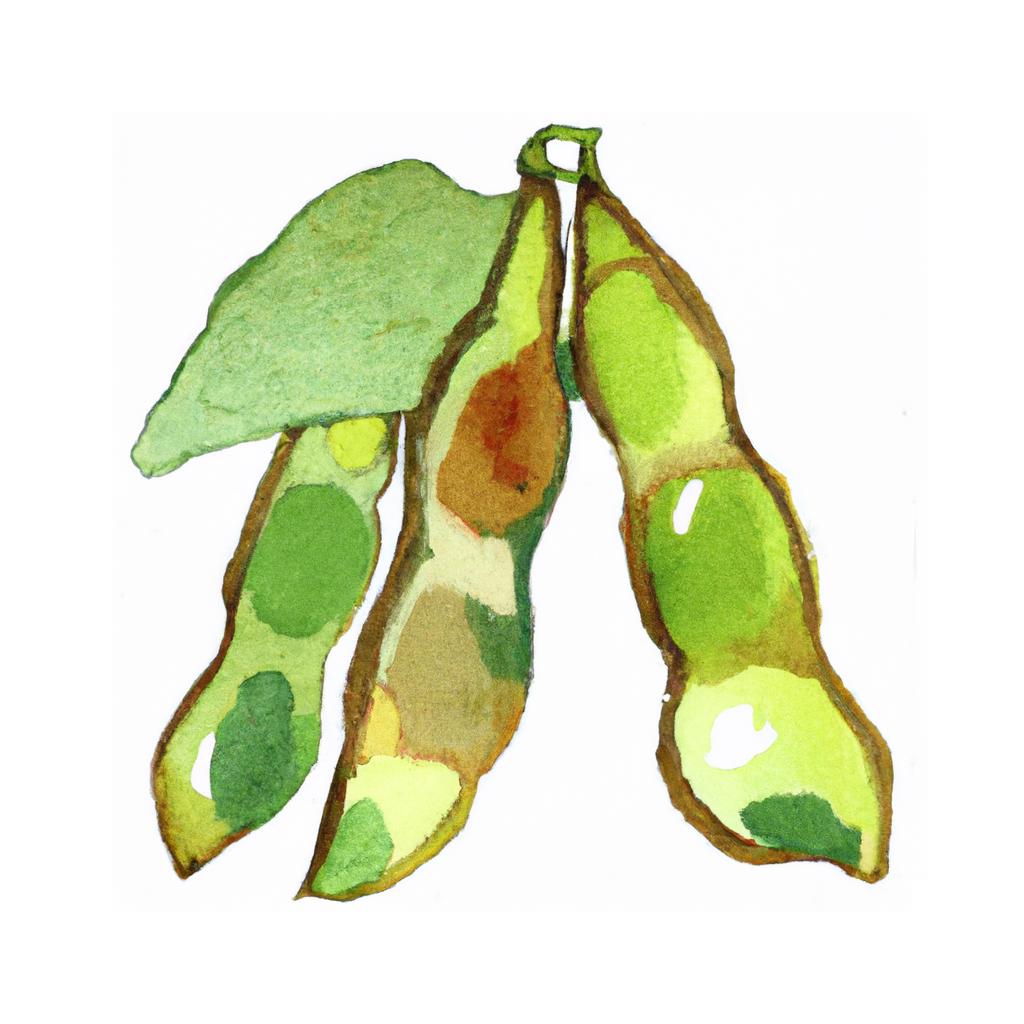
Edamame, also known as immature soybeans, are a popular vegetable enjoyed across the world, especially in East Asian cuisine. They are typically green and harvested before they reach full maturity, which gives them a slightly sweet taste and a tender, buttery texture. Edamame contains high levels of protein, making it an excellent source for vegetarians and vegans.
The history of edamame dates back over two thousand years to China, where it was originally cultivated as a food crop. The word 'edamame' is derived from Japanese, meaning 'stem bean' (eda = stem or branch, mame = bean), as the beans are traditionally boiled on the stem. From China, the cultivation of edamame spread to Japan and Korea, eventually making its way to other parts of the world.
One of the most popular ways to eat edamame is by boiling or steaming the pods and then sprinkling them with salt. The beans can be squeezed right out of the pod into your mouth, making it a fun and healthy snack. Edamame can also be found in various dishes such as salads, stir-fries, and rice bowls. In Japan, edamame is often served as a side dish to accompany alcoholic beverages.
In addition to its high protein content, edamame is packed with nutrients such as fiber, vitamins (including vitamin K and vitamin C), and minerals like iron and calcium. Moreover, they contain isoflavones, which are plant compounds that may help lower cholesterol levels and maintain heart health. With its numerous health benefits and versatile culinary uses, it's no wonder that edamame has become a staple in many diets around the world.
This is advice is most applicable to growers in the UK, you may need to adjust the timings if you live somewhere with a different climate and/or seasons.
| Month | Tasks | Advice |
|---|---|---|
| January | - | - |
| February | Start seeds indoors, | Sow edamame seeds indoors in pots or trays using seed compost. Keep them in a warm, bright place until the seedlings are ready to be transplanted outdoors. |
| March | - | - |
| April | Prepare garden bed, Transplant seedlings outdoors, | Prepare your garden bed by loosening the soil and adding plenty of organic matter. Harden off your seedlings and transplant them outdoors when the risk of frost has passed. |
| May | Water regularly, Mulch around plants, | Keep the soil consistently moist but not waterlogged. Add a layer of mulch around plants to help retain moisture and suppress weeds. |
| June | Water regularly, Support plants, | Continue watering regularly. Provide supports such as stakes or wire cages if necessary to prevent plants from falling over. |
| July | Water regularly, Harvest, | Keep watering plants consistently. Begin harvesting when the pods are plump but still green and the beans inside have started to develop. |
| August | Harvest, | Continue harvesting edamame while the pods are still green and the beans are plump. |
| September | Harvest, Save seeds, | Complete your harvest by picking any remaining pods while they are still green. Save seeds from your best plants to sow next year. |
| October | - | - |
| November | - | - |
| December | - | - |